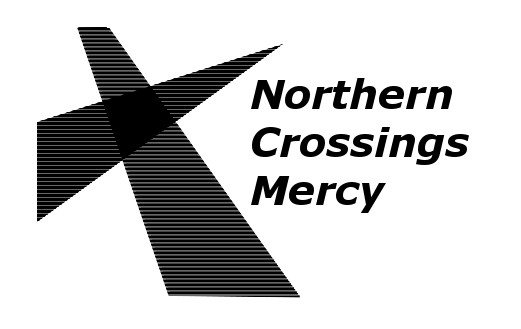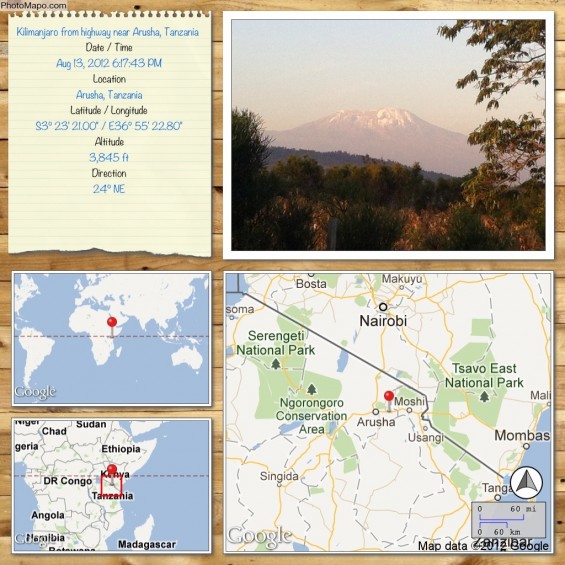Dr. Al Collver sent me this – he is in Tanzania now. He got to see Kilimanjaro.
“The name itself is a mystery wreathed in clouds. It might mean Mountain of Light, Mountain of Greatness or Mountain of Caravans. Or it might not. Some people believe the name derived from the Kiswahili name, Kilima meaning mountain. The local people, the Wachagga, don’t even have a name for the whole massif, only Kipoo (now known as Kibo) for the familiar snowy peak that stands imperious, overseer of the continent, and the summit of Africa.” So says an article in a blog called World Famous Mountains. My friends in Kenya call it the “Shy Mountain” because it is always covered in cloud. The Masai call it “White Mountain” but according to Hemingway they also call it the “house of God”. I have been fascinated with it since I was a boy and read “The Snows of Kilimanjaro”. The opening statement describes a leopard that was found frozen near the summit. No one knows What it was doing at that elevation.
There has been a debate for years as to why it is in Tanzania and not Kenya – note the conspicuous jog on the map.
There was a belief that Kilimanjaro is situated in what is now Tanzania because Queen Victoria presented the mountain to her grandson, the German Emperor because, she is quoted as saying, “Wilhelm likes everything that is high and big”. This popular version has been up to now reflected in many publications. In history books it is used as an example of the arbitrary way the colonial powers established their frontiers on the African continent. The story of Victoria and Wilhelm is sentimental, but it does not correspond to the facts. Victoria, had nothing to give away and Wilhelm nothing to receive considering that in 1886, when the fate of Mount Kilimanjaro was decided, his grandfather was the Emperor and not Wilhelm; indeed his own father, the Crown Prince, still awaited his turn. The answer is simple: Kilimanjaro is in Tanzania because in a given situation the Germans had the better cards and the British thought it wisest to be accommodating. In their race to divvy up Africa the Germans had gained Kilimanjaro but not Mombasa, the British Mombasa but not Kilimanjaro. Now it becomes evident why Kilimanjaro is in Tanzania: because Mombasa is in Kenya. The first maps decided show a boundary going straight from Mombasa to Lake Victoria as the dividing line between the German Territory and the British but vents on the ground changed things when the British moved into Mombasa and the Germans planted a flag on Kilimanjaro and persuaded local tribes to sign treaties. Sad but true – arbitrary lines drawn on a map. This lines have caused untold pain and suffering all around the world and are something that we need to think about in the political and theological world we live in today. Missionaries and those who travel and go to countries with boundary line need to understand the history.
It still rankles Kenyans that Kilimanjaro is in Tanzania. It bothers Tanzanians that Mombasa is in Kenya. It bothers that tribes that called these areas home long before the Germans crawled out of their caves and the British took off the blue dye. It has practical ramifications for something as simple as a hymn book and the translation of Lutheran Confessional writings. It has ramifications for the training of indigenous peoples at seminaries. There is a Lutheran Seminary in Tanzania and another one in Kenya. In all of these areas there is a tale to be told and cautions to be learned. In the video about the Mary Okeyo scholarship fund we say that “Kenya has natural beauty” and we mention Kilimanjaro. So know you know the rest of the story. It is not in Kenya, but you can see it from there. I haven’t yet but I hope to.
I plan to talk on this site about the danger of these little lines drawn on a map to mission and witness in the future.


